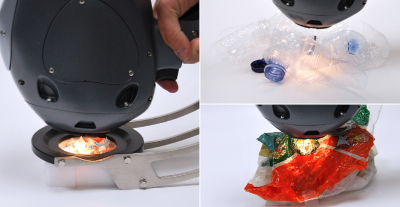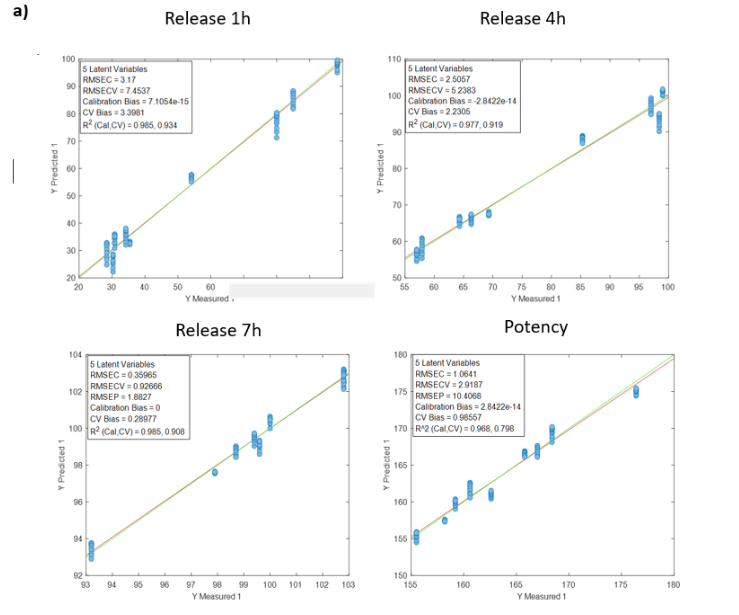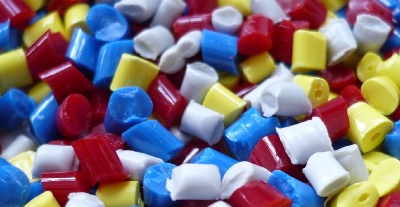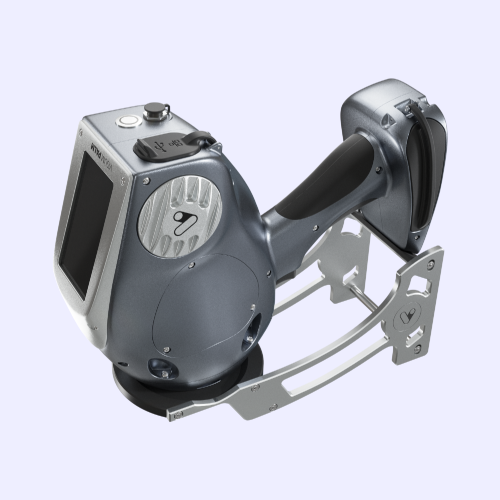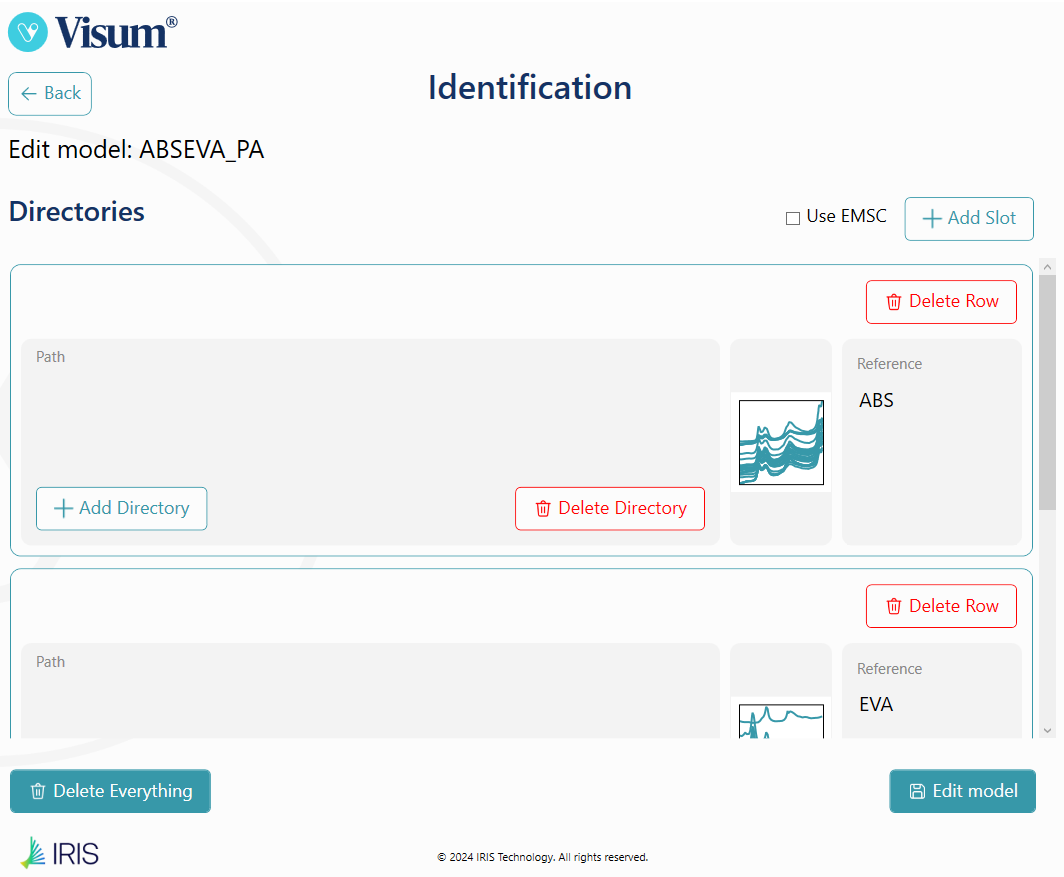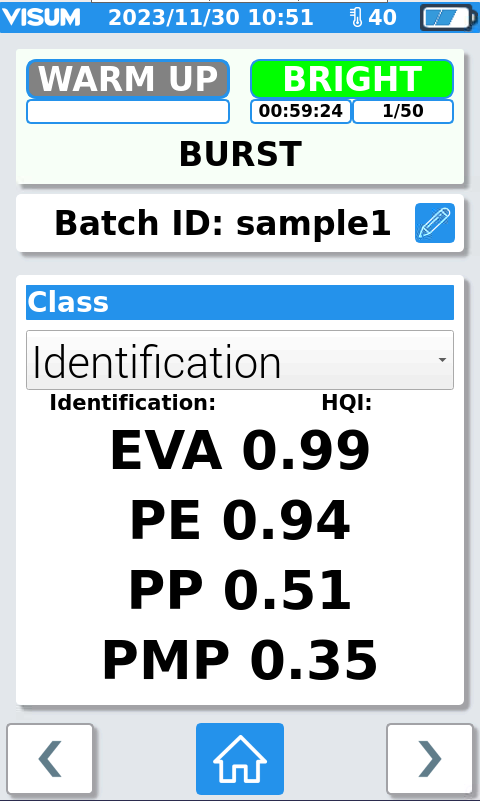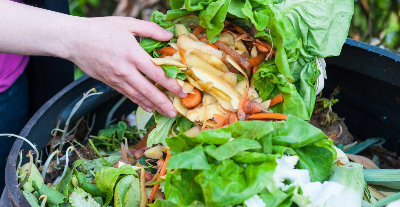
 Visum Palm GxP: Il Nuovo Analizzatore NIR per Farmaceutico
Visum Palm GxP: Il Nuovo Analizzatore NIR per Farmaceutico
 Spettroscopia Raman nel processo di diafiltrazione dei liposomi
Spettroscopia Raman nel processo di diafiltrazione dei liposomi

Le migliori scelte per la qualità: The miglior NIR portatile!

Qual è il miglior NIR portatile sul mercato?
Il mercato degli analizzatori NIR portatili è in costante crescita, così come la necessità di confronti tecnici chiari e obiettivi. In questo articolo analizziamo i dispositivi più rilevanti fino ad oggi e confrontiamo le loro specifiche ufficiali con quelle del Visum Palm™ per aiutarti a identificare qual è il miglior NIR portatile in base alle tue reali esigenze. L’analisi considera parametri tecnici chiave come intervallo spettrale, risoluzione spettrale, configurazione ottica o interfaccia, oltre ad aspetti legati all’uso pratico, calibrazioni, versatilità e ambiti di specializzazione in settori, industrie regolamentate GMP o applicazioni specifiche.
Rango espectral
Uno dei fattori chiave per scegliere il miglior NIR portatile è l’intervallo spettrale. La maggior parte degli analizzatori NIR portatili, come il Visum Palm™, opera tra 900 e 1700 nm, un intervallo ideale per analizzare componenti organici grazie all’elevata concentrazione di informazioni chimiche.
Sebbene esistano modelli con intervalli estesi (1300–2500 nm), solitamente con sensori FT-NIR, nella pratica entrambi coprono parametri simili, tranne che in applicazioni molto specifiche e a seconda della qualità di questi sensori.
Il Visum Palm™ si distingue come il miglior NIR portatile perché combina questo intervallo ottimale con un sensore industriale ad alta risoluzione, robustezza e stabilità.
Nonostante i progressi nella miniaturizzazione dei sensori, persistono ancora sfide tecniche come la capacità di elaborazione, il surriscaldamento e, come vedremo di seguito, in particolare la risoluzione spettrale.
Risoluzione spettrale: conoscerla per identificare il miglior NIR portatile
Se consideriamo che l’intervallo spettrale sia la finestra attraverso cui osserviamo un campione, la risoluzione spettrale rappresenta la nitidezza con cui catturiamo quell’immagine spettrale. A differenza di quanto avviene con le fotocamere degli smartphone, nella spettroscopia NIR una risoluzione numerica più bassa (cioè meno nanometri) significa una maggiore capacità di distinguere differenze sottili nella composizione chimica, con conseguente aumento di precisione, ripetibilità e qualità analitica.
Questo è uno dei fattori che rendono il Visum Palm™ il miglior NIR portatile: la sua risoluzione spettrale di soli 5 nm gli consente di affrontare le sfide più esigenti sia nell’industria agroalimentare sia in ambienti regolamentati come l’industria farmaceutica secondo le normative GMP.
Tenere conto della risoluzione spettrale è fondamentale se si cerca precisione. Se l’obiettivo è un semplice screening sul campo, un analizzatore NIR portatile a basso costo può essere sufficiente, anche se con delle limitazioni. Questi dispositivi, con risoluzioni superiori a 15 nm, possono risultare utili in determinati contesti, ma la loro elevata sensibilità all’acqua, il maggiore rumore strumentale e la minore nitidezza spettrale li rendono inadatti per liquidi o campioni umidi, nonché per analisi in laboratorio o in linea di produzione dove è richiesta affidabilità.
In sintesi, se vogliamo scegliere il miglior NIR portatile non basta che sia compatto o economico: è sempre necessario controllare la risoluzione spettrale nella scheda tecnica. Più basso è questo valore (in nanometri), maggiore sarà la qualità e la nitidezza dei risultati spettrali.
Portabilità
Normalmente, la portabilità è un termine piuttosto ambiguo. Si dà per scontato che ogni NIR definito come portatile lo sia effettivamente, e in effetti lo è, ma con sfumature importanti se si pensa all’utilizzo sul campo, nei magazzini di materie prime, accanto alla linea di produzione, in ambienti regolamentati GMP o in laboratorio.
Nei modelli più miniaturizzati — dove abbiamo già sottolineato l’importanza di monitorare la risoluzione spettrale e le derive termiche — questa portabilità si ottiene separando il sensore dall’unità di elaborazione e visualizzazione. In tal modo, è necessario trasportare due dispositivi: il sensore e, separatamente, uno smartphone o un tablet per elaborare e visualizzare i risultati. Ciò comporta l’uso di entrambe le mani durante l’analisi e la necessità di mantenere il dispositivo sufficientemente vicino al sensore per evitare problemi di accoppiamento o sincronizzazione.
Uno svantaggio chiave di questa configurazione, soprattutto nelle industrie regolamentate, è che le qualifiche e le convalide necessarie si complicano, poiché devono essere applicate separatamente a ciascun componente (sensore, dispositivo, software). Questo comporta maggiore impegno, più documentazione e una complessità tecnica superiore.
Per questo motivo, Visum Palm™ si conferma come il miglior NIR portatile: è veramente portatile e completamente integrato. Dispone di un computer embedded, software proprietario e schermo touch, il che consente di eseguire analisi di routine senza alcun accessorio aggiuntivo. Questa integrazione semplifica notevolmente le convalide in ambienti GMP e migliora l’efficienza operativa sul campo o in produzione.
Calibrazioni NIR: un compito che Visum Palm™ ha semplificato
Fino a quando gli utenti dovranno continuare a confrontarsi con processi di calibrazione complessi nella spettroscopia NIR o a dipendere dal produttore ogni volta che devono creare o aggiornare una calibrazione? Nella maggior parte degli analizzatori presenti sul mercato — tutti, tranne il Visum Palm™ — la creazione di modelli di quantificazione, identificazione o classificazione dipende da software tecnici che richiedono conoscenze avanzate di chemiometria: scelta degli algoritmi, pretrattamenti, numero di variabili latenti e altri aspetti che vanno ben oltre le attività quotidiane dell’analista standard.
Uno dei grandi vantaggi di Visum Palm™ è che include nel suo software Visum Master™, sia nella versione SMART che GMP, un Model Builder automatico. Cosa significa? Che l’utente deve solo inserire gli spettri dei campioni di calibrazione e i relativi valori di riferimento. Il software fa tutto il resto: genera automaticamente centinaia di combinazioni di modelli, seleziona il migliore in base all’RMSE e all’R² e genera inoltre un report tecnico completo con tutti i dettagli del modello: algoritmo utilizzato, pretrattamenti, tipo di modello, campioni, spettri, outlier rilevati e molto altro.
Questa automazione non solo consente di risparmiare giorni di lavoro tecnico, ma soddisfa anche i requisiti necessari per la validazione del metodo NIR nei settori regolamentati GMP come quello farmaceutico. Il report tecnico generato da Visum Master™ facilita la conformità alla linea guida ICH Q2(R1) sulla validazione dei metodi analitici.
Consentire a qualsiasi utente, anche senza esperienza in chemiometria, di sviluppare e aggiornare le proprie calibrazioni è un ulteriore motivo per cui Visum Palm™ si afferma come il miglior NIR portatile sul mercato e quello che offre maggiore indipendenza all’utente.
Tabella comparativa Visum Palm™ con altri NIR portatili

Configurazione ottica e area effettiva di analisi: elementi chiave del miglior NIR portatile
Una delle variabili più critiche — e spesso sottovalutate — per identificare il miglior NIR portatile è l’interfaccia ottica tra il dispositivo e il campione. Visum Palm™ si distingue chiaramente in questo aspetto grazie a un design ottico unico che lo colloca davanti ai suoi concorrenti.
Visum Palm™ è dotato di un sistema di illuminazione ad ampia copertura, con un diametro di 50 mm e un’area di acquisizione di 10 mm, che consente di analizzare una regione più rappresentativa di ciascun campione. Questo design è completato da un’architettura interna a forma di campana riflettente che mira a emulare il comportamento di una sfera d’integrazione, una caratteristica solitamente riservata agli strumenti NIR da laboratorio ad alto costo.
E cosa significa questo nella pratica? Che Visum Palm™ è in grado di raccogliere una maggiore quantità di informazioni chimiche utili, mitigare gli effetti delle eterogeneità proprie dei campioni reali (come texture, densità o variabilità superficiale) e sfruttare in modo più efficiente la luce riflessa dal campione. Tutto ciò si traduce in un miglioramento sostanziale della qualità spettrale e, quindi, dell’affidabilità delle analisi.
Nelle applicazioni di quantificazione dei parametri, questo design consente di raggiungere prestazioni molto vicine a quelle di un NIR da banco tradizionale di fascia alta, il che è eccezionale per un dispositivo portatile. Per questo motivo, possiamo affermare con certezza che Visum Palm™, anche per la sua configurazione ottica, è il miglior NIR portatile oggi disponibile sul mercato, in particolare per le analisi quantitative.
Conclusione: qual è il miglior NIR portatile?
Da una prospettiva oggettiva e basata su specifiche tecniche verificabili, Visum Palm™ si posiziona chiaramente al di sopra dei suoi concorrenti. La sua combinazione di sensoristica avanzata, alta risoluzione spettrale, stabilità, configurazione ottica e conformità alle normative GMP e farmaceutiche, insieme a funzionalità automatizzate di calibrazione e generazione di modelli, lo rende il miglior NIR portatile attualmente sul mercato.
Tuttavia, la scelta dello strumento ideale non dovrebbe basarsi esclusivamente sulla qualità tecnica del sensore, né è questo l’intento di questo articolo, bensì fare chiarezza su molti aspetti tecnici poco visibili o trascurati — volontariamente o meno — nei processi di vendita tecnico-consulenziale. Aspetti fondamentali affinché l’utente possa rispondere da solo alla domanda su qual è il miglior NIR portatile e prendere una decisione informata, in base alle proprie esigenze reali, concrete e conoscendo tutte le opzioni disponibili — che, in realtà, non sono molte.
In alcuni casi, optare per un analizzatore più semplice, che dipende da uno smartphone o tablet esterno, può essere una scelta adeguata se si privilegia l’estrema portabilità e l’uso è destinato principalmente ad analisi sul campo o in contesti con requisiti qualitativi meno rigorosi.
Per questo motivo, nella scelta del miglior NIR portatile è fondamentale considerare l’ambiente di utilizzo, il tipo di prodotto da analizzare, i parametri critici e il livello di rigore richiesto nel controllo qualità o nelle qualificazioni. Solo in questo modo è possibile selezionare la soluzione più adatta: che si tratti di uno strumento economico per compiti semplici, oppure di un sistema robusto, industriale, validabile e autonomo come Visum Palm™ per ambienti produttivi esigenti e contesti regolamentati GMP.









